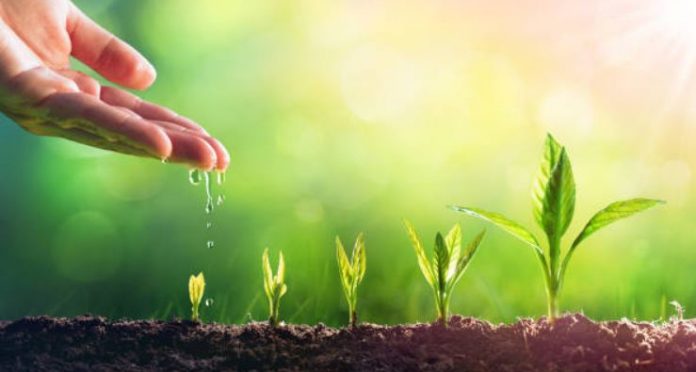Plants, like animals and humans, have DNA made up of the double helix structure. Even more surprising, plants have awareness, memory, communication and emotions.
Over the past 100 or so years, many experiments have been conducted on plants. Even Charles Darwin did experiments with plants, causing him to decide that plants have consciousness.
Sir Jagadis Chundra Bose, a famous Bengali scientist conducted many experiments with plants. One experiment involved electrical stimulation. In reaction to this stimulation, the plant “wrote” its signature on a piece of smoke-covered glass.
During another experiment he found that the cortex tissue in a plant contains tiny heart like cells that pump the sap up the tree from the roots to the tips of the highest branches.
Further plant experiments were conducted in the 1950‘s and 1960‘s regarding stimulation of plants.
Electrical fields, magnetic fields, music and other sound waves were all used to determine their affects on plants.
It was found that plants like jazz and classical music, grow more quickly, produce more blossoms, seed pods, fruit and mature more quickly when listening to this type of music.
However, plants do not like rock and roll. When they are subjected to it, they lean away from the source of the music. If it continues for long periods of time, they do poorly, eventually withering and frequently dying.
Canadian Eugene Canby recorded a 66 percent increase in the yield of a wheat field from playing the music of Bach to the wheat plants.
T.C. Singh, a botany professor in India experimented with harmonic sounds. He found that when plants were subjected to certain harmonic sounds, they would speed up growth and increase the number of flowers, fruits and seed yields.
Another experiment involved wiring a fruit tree with DC electrical current that caused it to drop its ripe fruit but retain its green fruit. Further investigation of this phenomenon may uncover a new harvesting method for orchard growers.
George De La Ward determined that children of a female plant did much better when their mother was alive, even if she was hundreds of miles away. As soon as the mother plant died, all its offspring did poorly.
Another experiment proved that when Irises had magnetite added to their soil, they doubled the number of flowers on each stalk.
Cleve Backster, a polygraph examiner, connected a polygraph machine (a lie detector) to plants and measured their reactions.
His experiments revealed that plants can communicate with one another and that they have an awareness of what is going on around them. He proved that plants can tell the difference between a real threat and a pretend threat.

